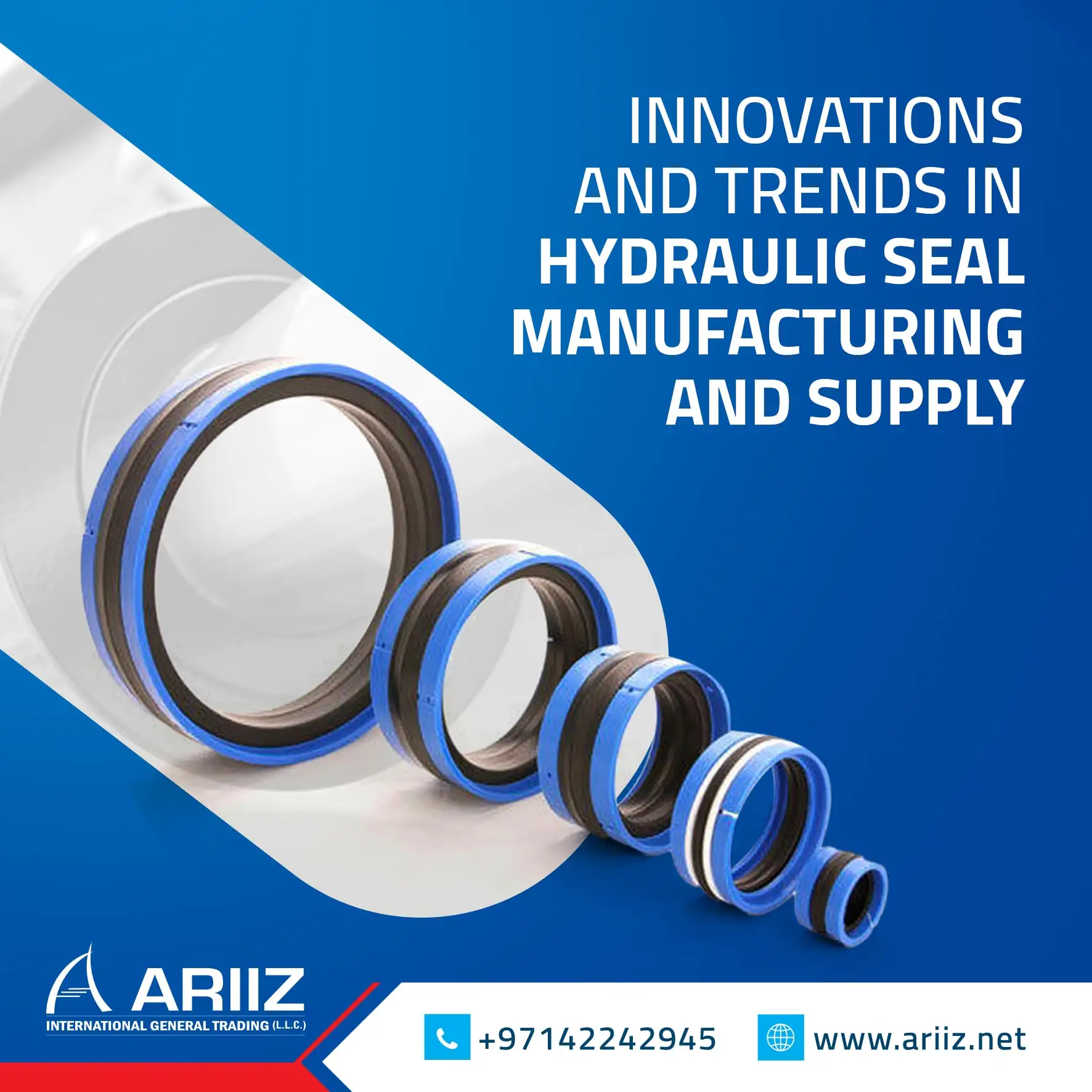The field of hydraulic seal suppliers and manufacturing is experiencing a significant evolution, driven by technological advancements, environmental considerations, and a demand for higher efficiency in various industries. These innovations are reshaping the landscape, enhancing the performance of hydraulic systems, and contributing to sustainable practices.
Material Advancements
Rubber and other elastomeric materials have historically been the main materials used to make hydraulic seals. But new developments have brought in sophisticated materials like polytetrafluoroethylene (PTFE) and thermoplastic elastomers (TPE). TPE offers enhanced flexibility and durability, while PTFE provides superior chemical resistance and low friction properties. These materials improve the longevity of seals and optimize their performance under diverse operating conditions.
Smart Seals and IoT Integration
The advent of Industry 4.0 has ushered in the era of smart manufacturing, and hydraulic seal technology is no exception. Smart seals equipped with sensors and actuators are now capable of collecting real-time data on factors like temperature, pressure, and wear. This data is invaluable for predictive maintenance, allowing for timely replacements and reducing the risk of unexpected system failures. Integrating these smart seals with the Internet of Things (IoT) platforms enables remote monitoring and control, providing a new level of efficiency in maintenance practices.
Seals for Extreme Environments
As industries expand into more challenging environments, the demand for hydraulic systems capable of withstanding extreme conditions has risen. Innovations in seal manufacturing now cater to applications in high temperatures, corrosive environments, and extreme pressures. Specialized coatings and materials are being developed to ensure the reliability and longevity of seals in these demanding scenarios, opening doors for applications in aerospace, deep-sea exploration, and industrial processes.
Green and Sustainable Seals
Environmental consciousness is influencing every facet of manufacturing, and hydraulic seals are no exception. The industry is witnessing a shift towards environmentally friendly materials and production processes. Bio-based and recyclable materials are being incorporated into seal manufacturing, reducing the ecological footprint of hydraulic systems. Additionally, advancements in seal design are focusing on minimizing leakage, thereby enhancing energy efficiency and contributing to a more sustainable operation.
Customization and 3D Printing
3D printing technology allows for the production of highly customized seals, tailored to meet specific design and performance requirements. This accelerates the prototyping process and also allows for rapid production of small batches, catering to the diverse needs of industries with unique hydraulic system configurations.
Global Supply Chain Optimization
With the increasing globalization of industries, the supply chain for hydraulic seals is undergoing optimization. Hydraulic seal experts are adopting advanced supply chain management technologies to streamline processes, reduce lead times, and enhance overall efficiency. This not only ensures a timely supply of seals but also contributes to cost-effectiveness and operational resilience.
The innovations and trends in hydraulic seal manufacturing and supply are transforming the industry, offering solutions that are more durable, efficient, and environmentally conscious. As technology continues to advance, the future holds exciting possibilities for hydraulic systems, with further integration of smart technologies, sustainable practices, and tailored solutions.


